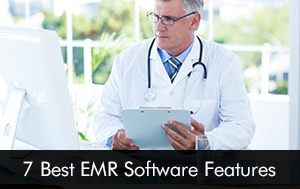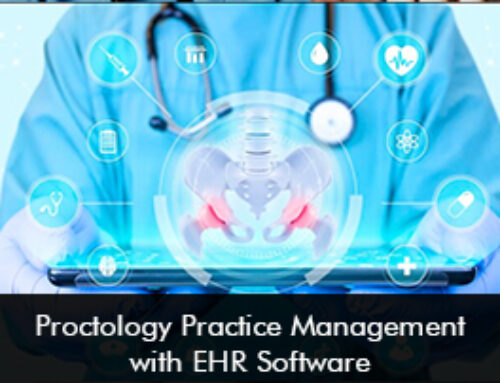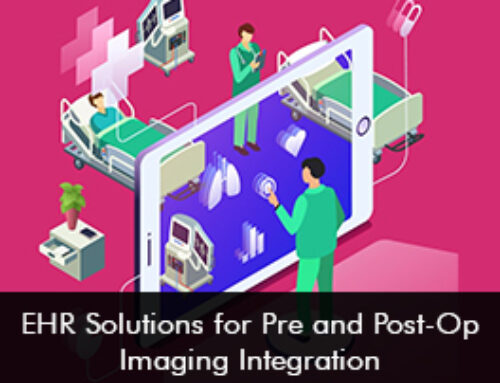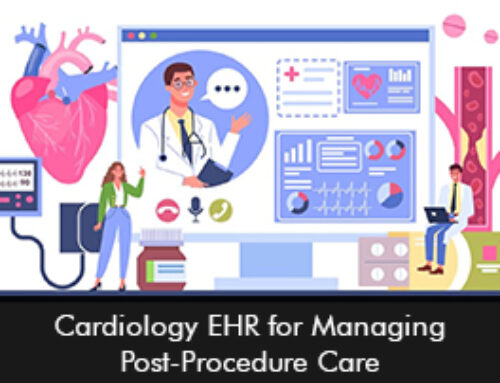One of the main reasons of an unsuccessful Electronic Medical Records (EMR) software implementation is choosing an EMR software with features that do not have the ability to enhance the clinical and organizational performance of the healthcare practices and hospitals. Choosing the right EMR system features is really important to make sure that the software provides a Return on Investment (ROI). EHR software features can help with the organization achieve all its strategic goals.
The right Electronic Health Records (EHR) and Practice Management (PM) software features provide the best opportunity for the physicians to improve point of care. Those EHR systems which are unable to fulfill the requirements of the providers should be changed immediately. Practices must choose an EMR software that has all the necessary features and functionalities required to improve the efficiency of their practice.
Features to look for in an EMR software
There are a number of features that every practice must look for in an Electronic Health Records (EHR) software before implementing it. The following is the list of top 7 most common features in an EMR system:
Revenue Cycle Management (RCM)
Healthcare providers who use an EMR software with an integrated Revenue Cycle Management (RCM) software platform get 29% more on billed charges as compared to nonintegrated platforms. RCM ensures that an organization is able to track revenue performance by looking at a number of revenue centered metrics from a centralized dashboard to track real-time performance and make prospective decisions based on the data and information provided.
Customer Relations Management (CRM)
Customer relations is something that should be considered a core healthcare function. Customer Relations Management (CRM) features are often features found in Practice Management (PM) software can offer practices the ability to monitor patient satisfaction metrics and conduct surveys to identify strong problem areas.
Patient-Physician Communication
A recent study found out that patients who reported high satisfaction and good provider communication were less likely to be readmitted. EMR software features that can allow patients to communicate directly with their providers using a Patient Portal or by any other means are often more satisfied with their treatment. But only offering this type of feature may not suffice, it is more important that users communicate with their providers in a secure, protected and professional environment.
EHR/PM Software Alerts
An EHR or a PM system should offer not only risk-based alerts such as drug interactions but provide alerts regarding preventive care treatment. A report shows that using cloud-based EMR software alerts can improve patient health outcomes, cost efficiency, and potentially enhance care management. A recent study reveals that adherence to real-time alerts was interrelated with constant improvements on the following variables: length of stay, the probability of readmission after 30 days, the probability of impediments, and total direct costs of care.
Financial Dashboards
In this highly competitive market where practices often face tight operating margins the ability to track analyze practices, overall financial performance is really important and useful. As such, billing EMR software contains features that allow all users, not just those in finance to analyze a practice’s financial performance through easy to use and understand dashboards that can generate reports on a number of clinical and financial analytics.
MIPS/MACRA Performance Tracking
Quality of care is not only an important clinical goal, but it also is important from the viewpoint of collecting revenue. Given the fact, CMS has instituted value-based billing and incentives for providers based on their MACRA/MIPS scores. That is why being able to track MACRA/MIPS performance is important EHR software system feature that can play a role in avoiding penalties and possibly getting QPP bonuses. Using this feature, practices can track its performance in all the scoring categories specified my MIPS.







